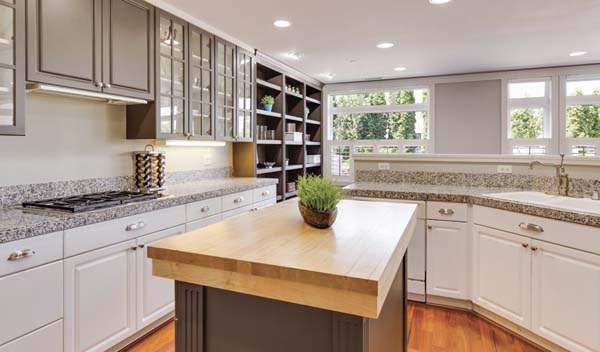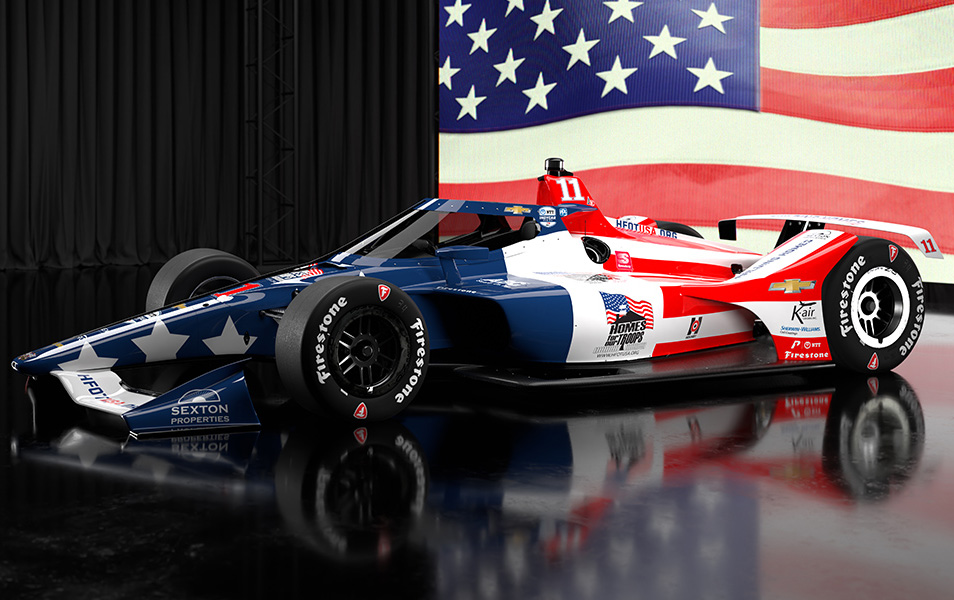By Vadara
When it comes to kitchen countertops, the possibilities are almost endless, but the most important consideration for you is what your client is expecting from a countertop. Are they looking for something with a wow factor? Are they looking for something that will not melt if they leave a hot kettle on it? Are they dealing with a limited budget but still want to avoid laminate?
Ed Rogers, executive vice president of quartz manufacturer Vadara said, “Consumers now are becoming more educated before they ever leave the house as to the type of product they want and how they need to take care of it.”
Consumers have a range of products to consider, from quartz and natural stone to concrete and ceramic tile to butcher block. Each material has its respective pros and cons. However, contractors should ensure clients know how each performs before choosing a surfacing material.
Following are some of the most common countertop materials used in kitchen and bath design.
Quartz Countertops
Attractive and requiring only minimal maintenance,quartz has become the go-to countertop material for many designers. An engineered mix of ground quartz and resin, quartz surfacing materials are not only exceptionally durable but are also scratch-, stain- and heat-resistant, making them a highly desirable option.
Quartz features artfully handcrafted designs and veining that mimic the look of natural stone, and it is available in a range of aesthetically pleasing colors, patterns, finishes, and edge treatments. It is also an ideal option when the need to book match is a critical design element – for example, on an island with a waterfall feature.
Because it is non-porous, quartz does not have to be sealed like granite and marble. Additionally, it will not harbor bacteria or viruses, making it one of the most hygienic countertop options available. However, if your client has budget constraints, they may want to consider an option like ceramic tile.
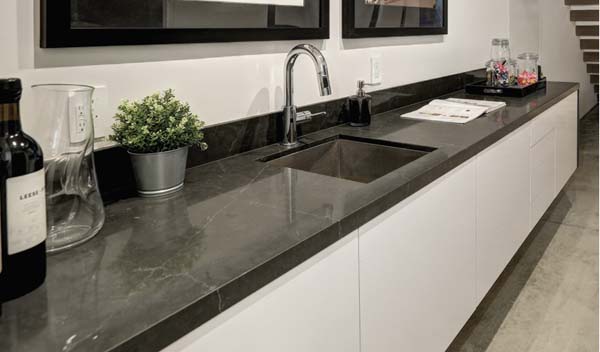
“Quartz, in general, has always been a durable and low maintenance option for countertops,” Rogers notes.
Natural Stone
Natural stones such as granite, marble, and soapstone continue to be a popular option for countertops amongst consumers.
No two slabs are the same, which is perfect for those who prefer a one-of-a-kind look.
Strong and sturdy, and available in many different colors and patterns, granite has long been a favored countertop material.
If maintained, a hot pan will not harm it. However, it is best to let your client know that it requires regular sealing, and, in addition, granite may crack and chip.
Beautiful, luxurious, and sophisticated, marble is often used in limited areas in kitchens, like islands and baking areas, due to its susceptibility to staining and scratching. While it is unlikely to chip or crack, its elegance and durability come with a price tag to match.
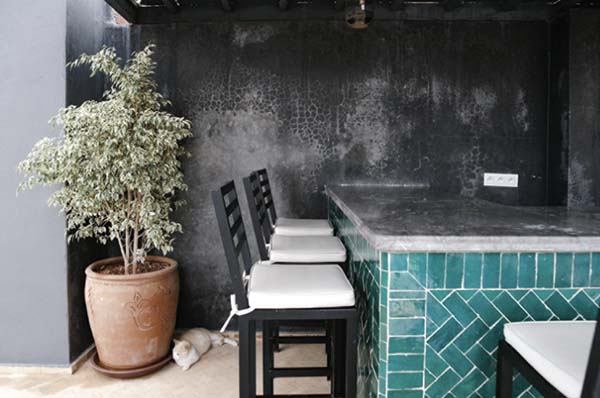
Often seen in historic homes, soapstone is also common in modern applications. It is usually gray and features a very smooth, silky feel. Soapstone can darken and scratch over time, but many homeowners find the antique-like patina appealing. Because it is non-porous, it is not likely to stain and is heat resistant.
Concrete
In addition to complementing a range of design aesthetics, concrete countertops offer durability and ease of maintenance.
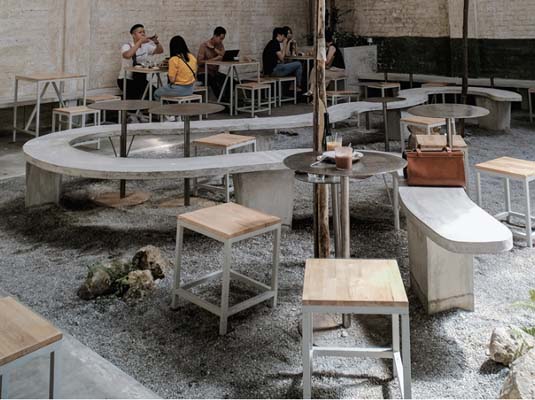
A variety of textures, colors, and patterns are available with unique edge profiles, the ability to add embedded materials or polish the surface for a shiny finish. A versatile design option, concrete can even be customized to replicate the look of granite, marble, or wood.
While countertops crafted from cement will last for many years, they are vulnerable to stains. It’s best to inform a client that this type of countertop requires regular reapplication of sealer and wax to protect the surface and that any spills need prompt cleaning to avoid staining. In addition, concrete countertops are handcrafted, making them a more costly surfacing option.
Wood/Butcher Block
Classic and timeless, butcher block countertops consist of individual wooden strips that have been fused together into a slab. Butcher block offers a warm, inviting look and is available in a wide range of wood species and grain patterns, each providing distinctive character.
It is important to inform clients that wood can hold germs and is prone to staining and may warp when exposed to moisture. Therefore, it is crucial to seal butcher block countertops immediately following installation and then on a routine basis afterward.
In addition, as one of the softer countertop materials, butcher block is vulnerable to scratches and dents. Fortunately, however, they are easy to restore by simply sanding the surface with fine sandpaper and then reoiling.
Ceramic and Porcelain Tile
Durable, heat-resistant, and easy to clean, ceramic and porcelain tile is notably less expensive than natural stone, quartz, and other solid surface countertops.
Porcelain tiles offer a growing number of design options, including tiles that mimic the appearance of wood, marble, and even leather. A variety of colors, styles, and sizes are available, making this one of the most versatile countertop materials.
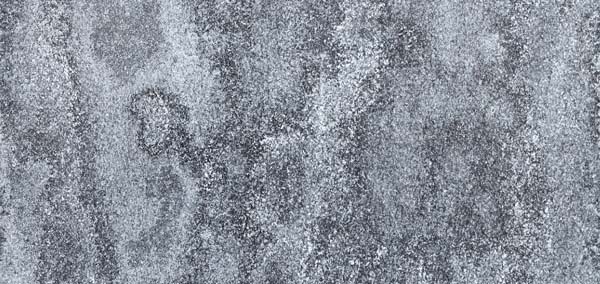
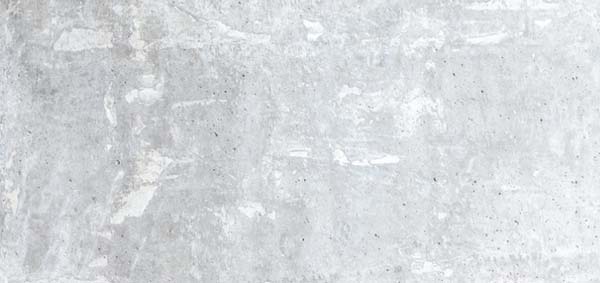
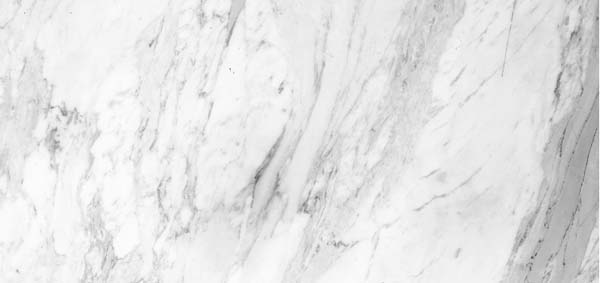
Ceramic tile is impervious to heat and water, and when properly glazed, won’t stain. However, the grout can stain and be challenging to clean. It is also important to be mindful that tile is brittle and can crack under impact.
Solid choices
When consulting with homeowners about surfacing materials for kitchen countertops, it is essential to consider characteristics beyond the look and feel of the material, such as durability, heat- and stain resistance, maintenance requirements, and affordability. It is easier than ever before to find countertops that are not only stylish and functional but that offer the performance that consumers expect.


